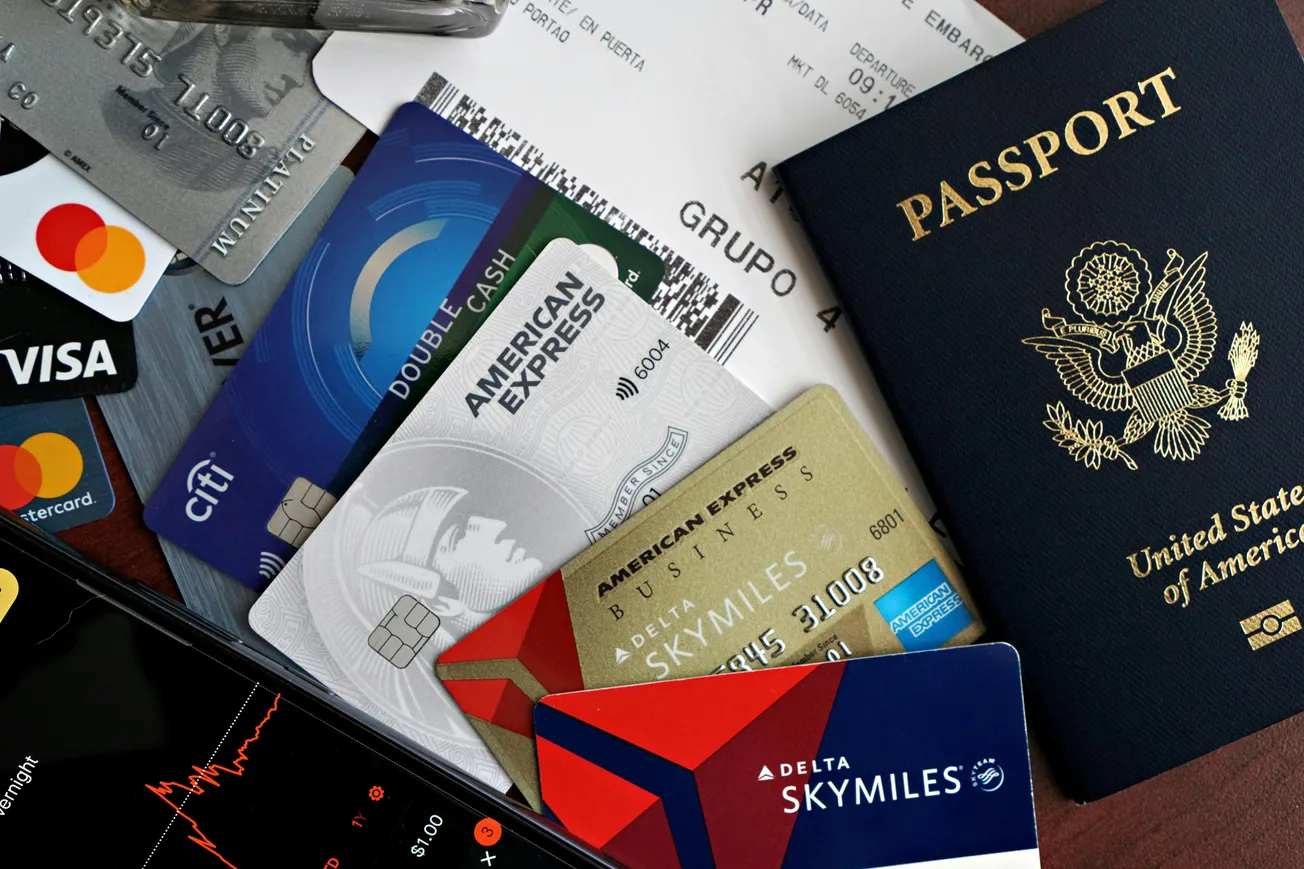Temperature‑sensitive perishable goods pose unique challenges for grocery fulfilment. Traditional refrigerated storage and transit are costly, energy‑intensive and inflexible. A recent review highlights how cold‑chain logistics must evolve to balance food safety, waste reduction and environmental impact.
Simultaneously, packaging innovations are emerging: compostable liners, recyclable insulation materials and reusable containers are entering mainstream cold‑chain use.
Innovation in practice: what’s different
- Smart packaging: sensors embedded in containers monitor temperature, location and transit time, improving traceability and reducing spoilage.
- Sustainable materials: Biodegradable and recycled‑material insulation, reusable cool‑boxes and low‑emission refrigerants start to replace single‑use styrofoam coolers.
- Fulfilment redesign: Grocery retailers and delivery providers are optimizing routes, consolidating loads (especially for pickup and delivery), and leveraging store‑adjacent fulfilment to reduce transport time and maintain cold integrity. For example, adopting “store as hub” models keeps perishables chilled closer to the consumer.
Omnichannel retail implications
For a retailer like Walmart (which integrates online, store, pickup and delivery), next‑gen cold chain matters for:
- Maintaining product freshness and quality across the fulfilment network, which becomes a brand differentiator in omnichannel grocery.
- Lowering cost‑to‑serve: better demand forecasting (through digital ordering) allows more precise replenishment, fewer spoilage losses and fuller loads.
- Sustainability branding: consumers increasingly care about the environmental footprint of their food. A better cold‑chain reduces waste and appeals to eco‑aware shoppers.
Action items for industry stakeholders
- Evaluate current packaging: Can you pilot new materials (e.g., compostable liners) or smarter containers with embedded sensors?
- Reassess fulfilment architecture: Are you leveraging your stores, dark stores or micro‑fulfilment centres to shorten the cold‑chain path?
- Monitor total cost of ownership: Don’t just look at unit‐transport cost—factor in waste, spoilage, returns and reputation risk from poor temperature control.
- Emphasize standards and data: Ensure end‑to‑end visibility across refrigeration, transit, delivery—cold breaches must be rare, detected early and mitigated.







